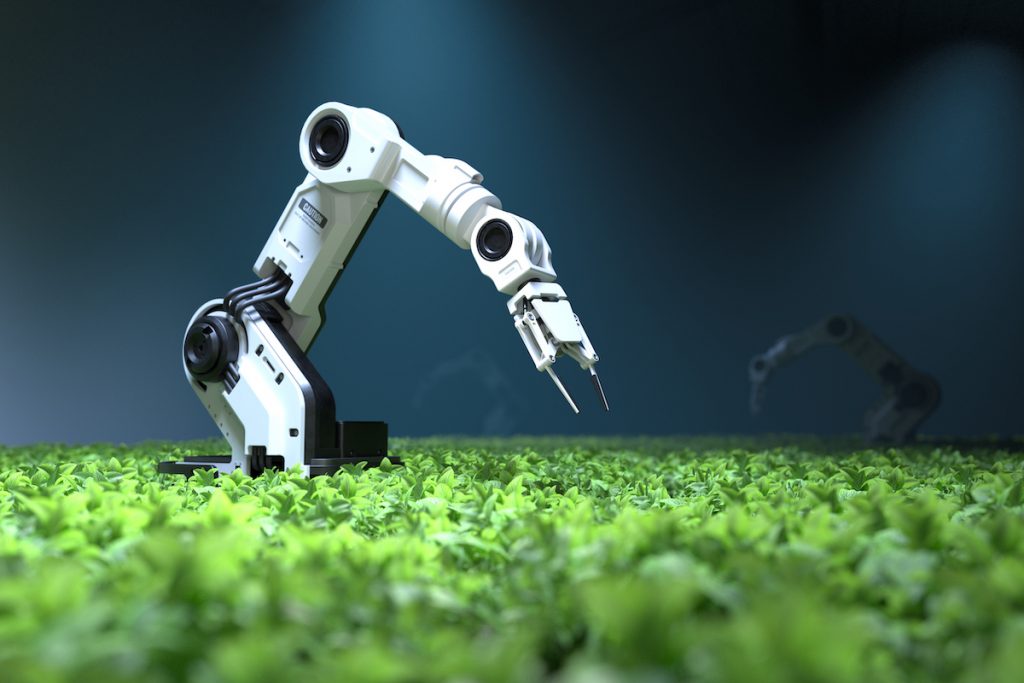Machine Learning in agriculture: challenges and solutions
In recent years, machine learning has become one of the most promising technologies. And while it’s often associated with consumer applications like smartphone personal assistants and social media recommendations, its potential extends far beyond that.
Agriculture is a great example of the sector where machine learning and AI are beginning to make a real impact, helping farmers increase yields, reduce costs, and improve decision-making. But like with any new technology, there are challenges that need to be addressed before the use of machine learning in agriculture can truly take off. In this article, we’ll explore some of those challenges and their possible solutions.
The current state of machine learning in agriculture
Machine learning is becoming a must-have technology in agriculture as the global population increases. Data science and machine learning are already providing ways to increase the sustainability, efficiency and profitability of crop production, for example, by helping make sense of satellite data and soil analysis. In addition, there has been an increase in the usage of autonomous farms where artificial intelligence systems are utilized to make decisions, creating a world where farming is intelligent and connected. It’s safe to say that despite the fact many transformations are still required for its mainstream adoption, machine learning in agriculture is already making an impact.
Challenges of implementing machine learning and AI in agriculture
Now let’s discuss the most pressing issues that hinder farmers from realizing the full potential of machine learning and artificial intelligence in agriculture.
Data availability
Data is the cornerstone of any machine learning AI solution and unfortunately, the lack of quality data is the key hurdle for many farmers. The basic data needed for ML applications include sensor readings from the field, weather reports, and farm activity logs, but these are not always available or easy to locate.
In addition, agricultural data can often turn out outdated due to its accumulation over time in various formats. This further limits the development of predictive models with machine learning algorithms as their output will prove far less accurate with aged data.
Moreover, the great variability of location-specific conditions among farms worldwide further complicates the global adoption of machine learning in agriculture. For example, an ML model trained to identify the most optimal fertilization approach based on US soil data won’t be applicable in Indonesia.
To overcome these data issues, farmers should take advantage of existing public datasets, such as those provided by government agencies or universities, that already contain vast amounts of agricultural information collected over time, like climate data, soil types, and crop yields. Farmers can use these publicly available datasets for ML model training without having to collect additional data at their own farms.
Infrastructure requirements
A modern and reliable tech infrastructure is essential for the successful implementation of machine learning in agriculture. The adopters should take into account power supply, internet connectivity, and equipment availability before introducing ML solutions. However, many rural areas are not equipped with adequate access to current technologies, which can significantly complicate data collection or analysis.
While there is no straightforward solution to this problem, we encourage tech companies to keep in mind the lack of technological infrastructure in rural areas and some developing countries and focus on creating easy-to-use and intuitive mobile ML apps that can run even on entry-level smartphones.
Cultural barriers
Implementing ML in agriculture can benefit both the world’s largest agricultural conglomerates and small family farms. However, those who fall in the latter category are more reluctant to transform their farms because of an elaborate set of decades-old principles, traditions, and assumptions. For example, many farmers firmly believe that the strength of the emotional connection between them and their livestock is the biggest prerequisite for high-quality outputs.
While this doesn’t seem like a big deal on the surface, small farms are crucial for agro-biodiversity and land productivity. Therefore, ML vendors should carefully consider these regional specifics when offering ML-based solutions to those who need them the most.
Regulations
The agriculture industry is highly regulated, and this has hindered the integration of machine learning in many ways. Regulations imposed by governments, such as agrichemical regulations or labor laws, can heavily limit the use of ML applications on farms due to compliance and safety considerations.
On the other hand, the lack of any legal framework to protect the rights of employees on an ML-enabled farm can lead to exploitation and create an unfair workplace. Thus, any new ML applications for agriculture should not only meet the existing regulations but also make sure not to put workers at a disadvantage.
Machine learning in agriculture – The afterword
The potential of machine learning in agriculture is tremendous, with applications ranging from increasing crop yields to improving animal welfare. However, given the complexity of the industry and its many layers, implementing ML solutions can be challenging. Therefore, ML vendors and farmers should take into account infrastructure availability, cultural differences, and regulations before starting an ML implementation project. With the right strategy and careful consideration of the farmers’ needs, ML can prove transformative for the agricultural industry.
